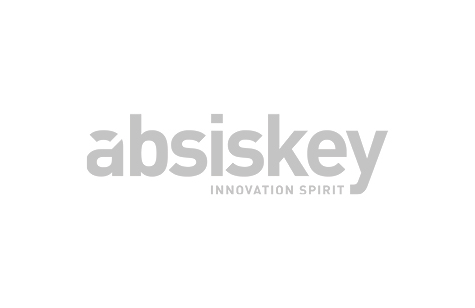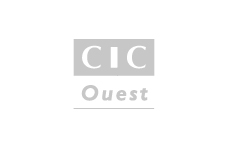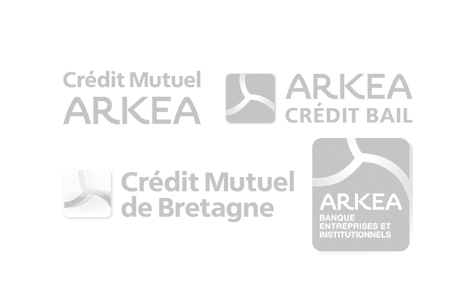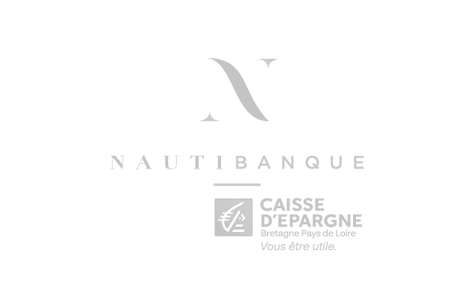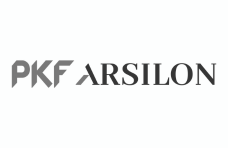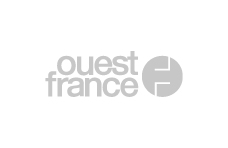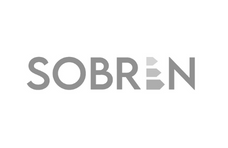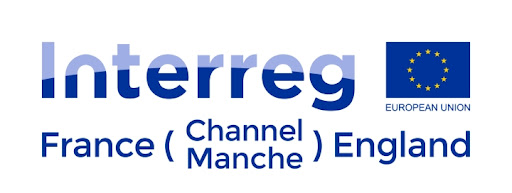Blooms of toxin-producing microalgae have significant socioeconomic and ecologic impacts.
From an economic point of view, they make certain cultivated and/or fished marine species unfit for consumption. This sometimes has major consequences for human activities directly or indirectly linked to shellfish farming.
From an ecological point of view, toxic microalgae disrupt the balance of natural or farmed populations by causing mortality or problems with recruitment.
Some toxic microalgae blooms produce paralysing phycotoxins that can then contaminate a proportion of oyster production.
The accumulation of toxins in oysters can prove poisonous or even fatal to consumers. The level of toxin is different for each shellfish: tolerance of phycotoxins varies within a single oyster population.
In this context, the ACCUTOX project is aimed at observing, analysing and improving understanding of the origins of the accumulation of paralysing phycotoxins in the oyster Crassostrea gigas.
Partners
Research centers
- - LEMAR-UMR 6539 CNRS/UBO/IRD/Ifremer, Laboratoire des sciences de l'Environnement MARin, Brest [Project Developer]
- - ANSES, Direction de l'Évaluation des Risques (DER), UMEMSA Unité Méthodologie et Étude en Microbiologie et Santé Animale, Maison-Alfort
- - Centre de recherches en Psychologie, Cognition et Communication : CRPCC-UBO EA 1285, Brest
- - Ifremer, Laboratoire Environnement Ressources du Languedoc-Roussillon, LER/LR, Sète
- - Ifremer, Laboratoire Phycotoxines, EMP/PHYC, Nantes
- - Station marine d'Arcachon (Université de Bordeaux), « Environnements et Paleoenvironnements Océaniques », EPOC CNRS/UMR 5805, Arcachon
Other partners
- - Gulf Coast University Floride, Etats-Unis
- - University of Bergen, Norvège
- - University of Paraiba, Brésil
Funder
- Agence Nationale de la Recherche
PDF





